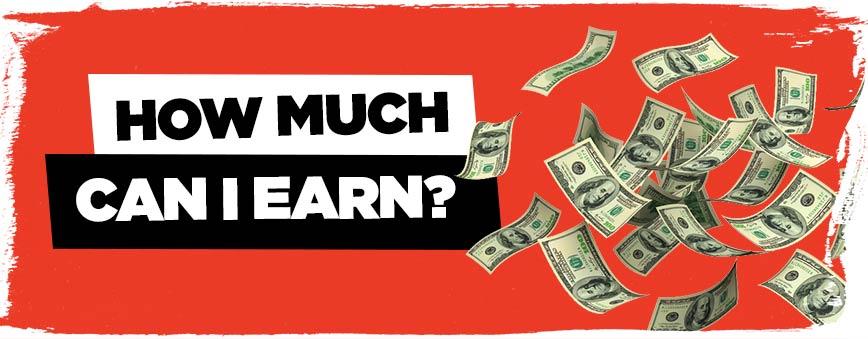Understanding Sponsorship Requirements
When considering the amount of money a sponsor needs to make, it’s important to look at various factors that can influence this figure. The purpose of this article is to provide a detailed and multi-dimensional overview of the considerations involved.
1. Type of Sponsorship
The type of sponsorship you’re seeking can significantly impact the amount of money needed. For instance, a corporate sponsor might require a different budget compared to an individual sponsor. Corporate sponsors often have larger budgets due to their financial resources and the potential for brand exposure.

2. Event or Project Scope
The scope of the event or project you’re planning will also play a crucial role in determining the required sponsorship amount. Larger events, such as music festivals or sports tournaments, typically require more substantial funding. Smaller events or projects may have more modest financial needs.
3. Target Audience
The target audience for your event or project can influence the required sponsorship amount. If your audience is niche or highly sought after, sponsors may be willing to invest more. Conversely, if the audience is broader but less exclusive, sponsors may be more cautious with their budget.
4. Sponsorship Benefits
The benefits offered to sponsors can also impact the required sponsorship amount. Exclusive benefits, such as logo placement, speaking opportunities, or networking events, can increase the perceived value of the sponsorship and, subsequently, the required budget.
5. Market Conditions
Market conditions can significantly affect the amount of money a sponsor needs to make. Economic downturns may lead to decreased sponsorships as companies prioritize cost-cutting measures. Conversely, during economic booms, sponsors may be more willing to invest in events and projects.
6. Sponsorship Duration
The duration of the sponsorship can also influence the required amount. Long-term sponsorships often require a higher budget compared to short-term sponsorships. This is because sponsors may expect a greater return on their investment over a longer period.
7. Competition
The level of competition for sponsorships can impact the required budget. If there are numerous similar events or projects in the market, sponsors may be more selective and demand a higher budget to justify their investment.
8. Sponsorship Cost Structure
The cost structure of the sponsorship can vary. Some sponsorships may involve a flat fee, while others may be based on a percentage of revenue or a combination of both. Understanding the cost structure is crucial in determining the required sponsorship amount.
9. Sponsorship Performance Metrics
Setting clear performance metrics for the sponsorship is essential in determining the required budget. These metrics can include brand awareness, customer engagement, or sales growth. By aligning the sponsorship goals with these metrics, you can better estimate the required budget.
10. Sponsorship Negotiation
Negotiating the sponsorship terms is a critical aspect of determining the required budget. This involves discussing the benefits, duration, and cost structure with potential sponsors. Effective negotiation can help secure a sponsorship at a favorable budget.
11. Alternative Funding Sources
In addition to sponsorships, exploring alternative funding sources can help determine the required budget. This may include grants, crowdfunding, or partnerships with other organizations. Diversifying funding sources can provide a more comprehensive approach to meeting your financial needs.
12. Conclusion
Understanding the various factors that influence the amount of money a sponsor needs to make is crucial in planning successful events and projects. By considering the type of sponsorship, event scope, target audience, benefits, market conditions, duration, competition, cost structure, performance metrics, negotiation, and alternative funding sources, you can develop a comprehensive approach to securing the necessary funding.




